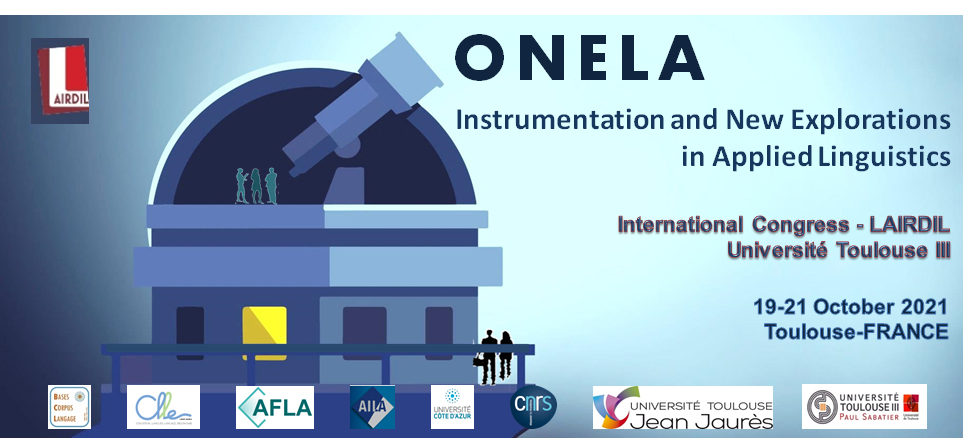This study aims to explore iconicity in a specific written vocabulary list used for the first year of learning and teaching of Chinese as a Modern Foreign Language subject in the English secondary schools delivering Mandarin Excellence Programme (MEP) - which is funded by Department for Education in England.
An analysis of the vocabulary list - including set sentences, phrases, expressions and words - is first carried out, and a list of words is subsequently generated. The nouns from the list of words are targeted. A further analysis is carried out upon the semiotic relations between their aspects of written form and their aspects of meaning. Through the - vertical (Gamkrelidze, 1974) - analysis investigating the relations between the form and the meaning of each selected noun, this study aims to reveal Imagic Iconicity (Everaert-Desmedt, 1990; Nöth, 1999) of the nouns; through the - horizontal (Gamkrelidze, 1974) - analysis investigating the relations between the forms of the selected nouns, and the relations between the meanings of those, it aims to reveal Diagrammatic Iconicity (Everaert-Desmedt, 1990; Nöth, 1999) of the nouns from and within this specific written vocabulary list
This study also aims to explore Chinese as a Second Language (CSL) learners' perception of iconicity of the selected nouns (Dingemanse, Perlman, & Perniss, 2020). First-year learners of Mandarin on MEP from four secondary schools (two state selective schools and two state comprehensive schools) - selected by strategic sampling - are invited to undertake an anonymous questionnaire. The questionnaire first requires the learner participants to identify from memory the meanings of the selected nouns; then it requires them to rate on a 10-rating Likert scale (Motamedi, Little, Nielsen, & Sulik, 2019) indicating how similar the form of each selected noun - the imagic icons generated from the observational investigation - is to its meaning, how similar the forms of certain pairs of selected nouns - the diagrammatic icons generated from the observational investigation - are, and how similar the meanings of certain pairs of selected nouns are. The learner participants are also required to write down a brief explanation for each rating question as to demonstrate their thoughts. The quantitative data are analysed by correlation via SPSS; the qualitative data from the open questions are analysed by thematic analysis via NVivo. Adopting the mixed methods allow the researchers to obtain a full picture of learners' perception of the iconicity of Chinese written words.
To sum up, this study aims to respond to two preliminary questions: What are the iconic words from and within a specific written vocabulary for CSL? How are those iconic words perceived by the beginner school learners of CSL?
Dingemanse, M., Perlman, M., & Perniss, P. (2020). Construals of iconicity: experimental approaches to form–meaning resemblances in language. Language and cognition, 12(1), 1-14.
Everaert-Desmedt, N. (1990). Le processus interprétatif: introduction à la sémiotique de Ch. S. Peirce: Mardaga.
Gamkrelidze, T. V. (1974). The problem of'l'arbitraire du signe'. Language, 102-110.
Motamedi, Y., Little, H., Nielsen, A., & Sulik, J. (2019). The iconicity toolbox: empirical approaches to measuring iconicity. Language and cognition, 11(2), 188-207. doi:10.1017/langcog.2019.14
Nöth, W. (1999). Peircean Semiotics in the Study of Iconicity in Language. Transactions of the Charles S. Peirce Society, 35(3), 613-619. Retrieved from http://www.jstor.org/stable/40320782
- Poster

 PDF version
PDF version

